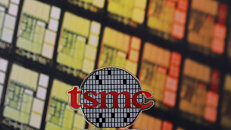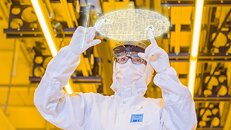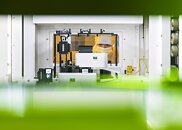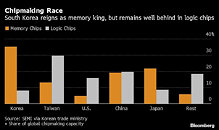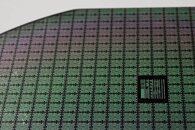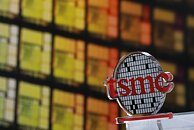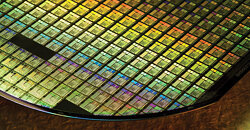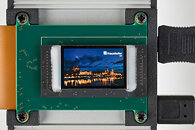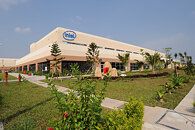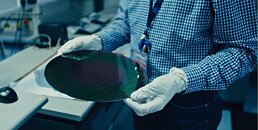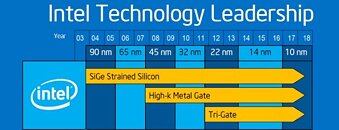
Intel Names Christoph Schell Executive Vice President and Chief Commercial Officer
Intel Corporation today announced that Christoph Schell has been appointed executive vice president and chief commercial officer to lead the Sales, Marketing and Communications Group (SMG), starting March 14. Schell will succeed Michelle Johnston Holthaus, who will take on a new role as general manager of Intel's Client Computing Group (CCG).
"Christoph has an exceptional track record of driving innovative and disruptive go-to-market strategies around the globe. He brings expertise in understanding business segments, verticals and the solutions and services customers want," said Pat Gelsinger, Intel CEO. "We are harnessing our core strengths as an advantage to grow in our traditional markets and accelerate our entry into new ones. I'm confident Christoph is the right leader to take on this critical role and guide the talented SMG organization to achieve our growing ambitions."
Schell joins Intel from HP Inc., where he was most recently chief commercial officer. With his go-to-market team, he led customer and partner success, category management and customer support globally. During his 25 years with the company, Schell held various senior management roles across the globe, including president of 3D Printing & Digital Manufacturing. Prior to rejoining HP in 2014, Schell served as executive vice president of Growth Markets for Philips, where he led the lighting business across Asia Pacific, Japan, Africa, Russia, India, Central Asia and the Middle East. He started his career in his family's distribution and industrial solutions company and worked in brand management at Procter & Gamble.
"Christoph has an exceptional track record of driving innovative and disruptive go-to-market strategies around the globe. He brings expertise in understanding business segments, verticals and the solutions and services customers want," said Pat Gelsinger, Intel CEO. "We are harnessing our core strengths as an advantage to grow in our traditional markets and accelerate our entry into new ones. I'm confident Christoph is the right leader to take on this critical role and guide the talented SMG organization to achieve our growing ambitions."
Schell joins Intel from HP Inc., where he was most recently chief commercial officer. With his go-to-market team, he led customer and partner success, category management and customer support globally. During his 25 years with the company, Schell held various senior management roles across the globe, including president of 3D Printing & Digital Manufacturing. Prior to rejoining HP in 2014, Schell served as executive vice president of Growth Markets for Philips, where he led the lighting business across Asia Pacific, Japan, Africa, Russia, India, Central Asia and the Middle East. He started his career in his family's distribution and industrial solutions company and worked in brand management at Procter & Gamble.








